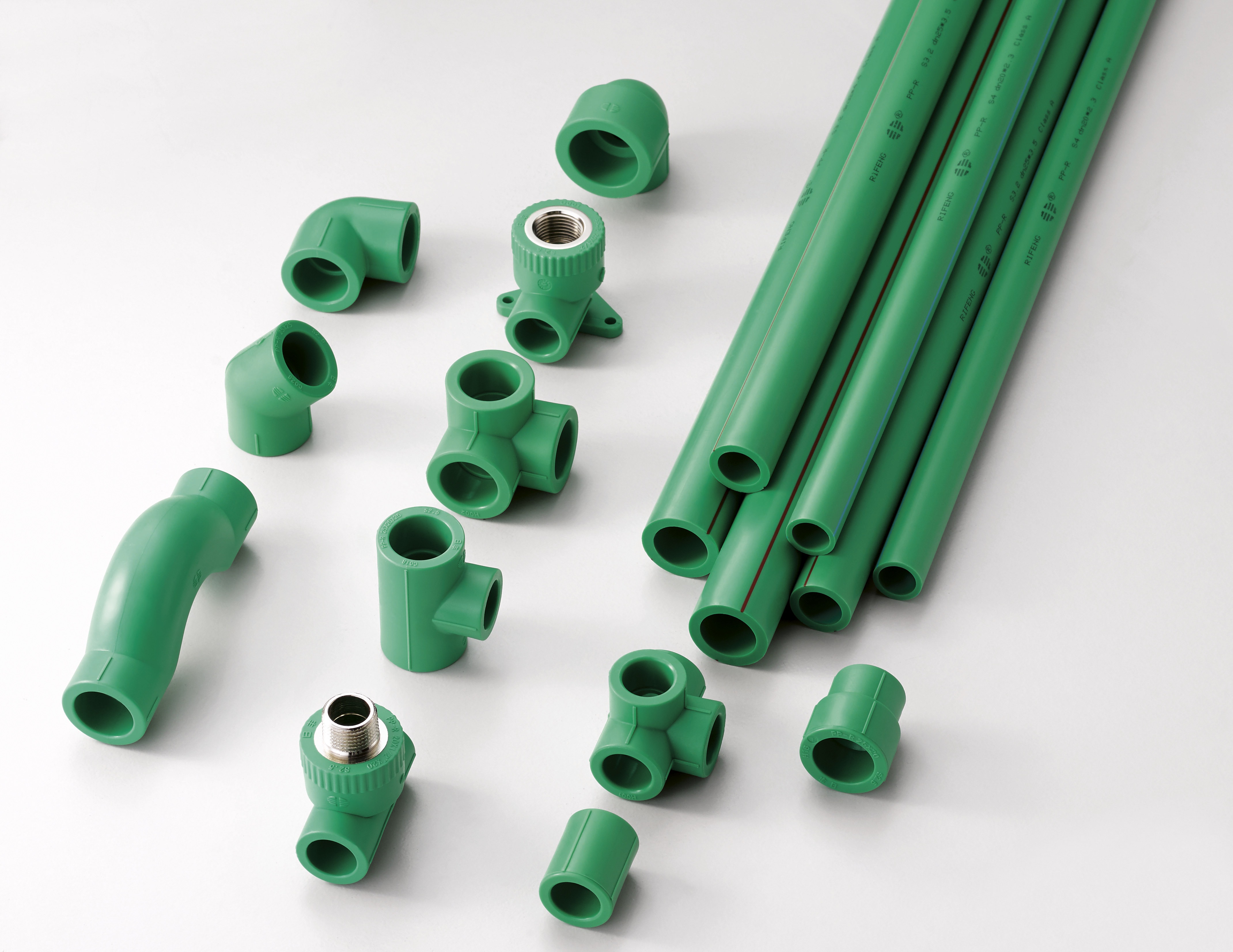The PP–R plumbing system a special type of plumbing that makes use of special fittings and pipes to connect various parts. The pipes are constructed of a particular polypropylene material and fittings are made of brass. The system is designed to be easy to install and also to offer an extremely high degree of reliability. In addition, the PP-R system is also resistant to corrosion and is suitable for use for both cold and hot climates. The most significant benefit of the PP-R system is the fact that it’s more resistant to leaks than other kinds of plumbing. Because the pipes are less susceptible to breaking and fittings less likely to break that is a significant benefit of the PP-R system. This is why the PPR system is an excellent choice for use in commercial and residential settings.

The PPR plumbing system makes use of polypropylene random coolymer. It is a great material with many benefits which make it perfect for applications with potable water systems. It is not toxic, and it doesn’t release harmful chemicals into the water. It also resists bacteria, microorganisms and viruses, making it more hygiene-friendly than other types of materials. Additionally it is also resistant to microorganisms and bacteria. PPR plumbing system is extremely robust and can withstand high temperatures and pressures. This system employs Fusion technology to make a seamless connection between pipes and fittings. This means that it is able to be installed faster than conventional plumbing systems. PP-R systems also resist leaks and breakage. They’re ideal for residential and commercial applications. Although the PP-R system may cost slightly more up front but they will reduce time and cost over the long term by reducing the need for repairs.These attributes make the PPR plumbing system an excellent choice for potable pipeline systems. The benefits of the PP-R plumbing system are
More comfortable
PP-R plumbing systems are getting more popular due to their numerous advantages over copper piping. The pipes in PP-R are made from polypropylene. It is a sturdy plastic that is resistant to corrosion and scaling. These pipes are also substantially smaller than copper pipes, which makes them easier to move and install. In addition, PP-R plumbing systems can be joined through heat fusion, which is a straightforward process that does not require soldering or the use of chemicals. This means that PP-R plumbing systems are more resistant to leaks as compared to traditional copper piping. The PP-R plumbing system is also more simple to install because they can be run through ceilings or walls without the need for openings. In the end, PP R plumbing systems offer a number of advantages over copper pipes which makes them the most popular option for many homeowners and companies.
Lighter and smoother
If you’re in search of alternative to copper or PVC pipe, the PP-R plumbing systems is a great alternative. The PP-R pipes are made of polypropylene which is a light and durable plastic. PP-R pipes have an interior that is smooth which helps reduce friction. They are also less likely to block more than other kinds. Additionally, PP pipes are easy to put in and are available in a wide range of sizes to fit your needs. Furthermore, PP-R pipes are more flexible than other kinds of piping, which makes it ideal for tight spaces.
Long lifespan
PP-R pipes have been increasingly well-known in recent times because of their numerous advantages. These pipes are constructed of polypropylene, a material that is durable that is resistant to temperature fluctuations and corrosion. These pipes have a smooth surface inside that helps reduce friction and increase flow. Additionally, PP-R pipes are available in various sizes, and are able to be joined using mechanical fittings or heat fusion. In the end, PP plumbing systems can be modified to meet the specific needs of any application. Plumbing systems made of PP-R are a great long-term investment since they can last for up to 25 years.
For more information, click copper slip coupling
